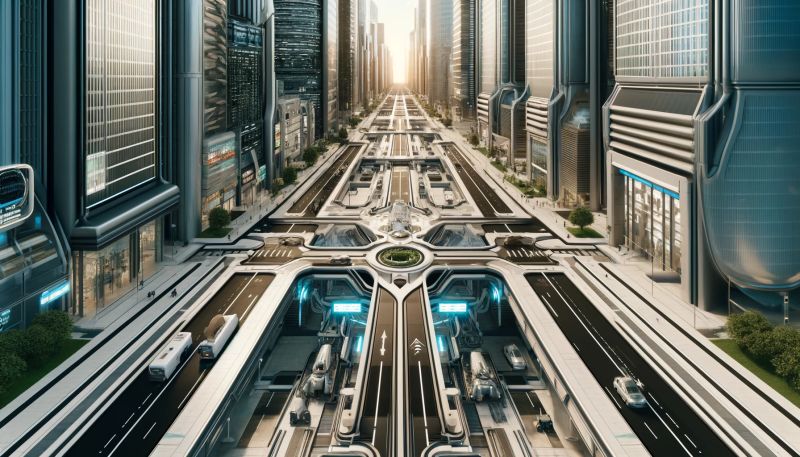As the world braces for the arrival of advanced humanoid robots, urban planners and architects are turning their sights towards creating environments that accommodate both humans and their robotic counterparts. The concept of humanoid-friendly buildings, streets, transportation, and cities is no longer a page out of science fiction, but a forthcoming reality. This paradigm shift promises to influence every aspect of urban development, from infrastructure design to daily interactions. Buildings are being reimagined with wider doorways, advanced sensor systems, and ramps to facilitate easier mobility for humanoids, ensuring they can navigate spaces as effortlessly as humans.
Integrating Humanoids into Public Spaces
The integration of humanoids into everyday life requires adjustments to public spaces to ensure seamless interaction and functionality. Streets and sidewalks, for example, are being redesigned to include dedicated lanes for humanoids, allowing them to move safely alongside pedestrians and vehicles. Traffic systems are also being adapted to recognize and respond to humanoid movements, equipped with AI-driven signals that manage flow and enhance safety. Moreover, public transportation is undergoing a transformation to accommodate humanoid passengers, with modified seating arrangements and entry points tailored to their unique needs.
Humanoid-Friendly Transportation: A New Era of Mobility
Transportation systems are at the forefront of this transformation. Humanoid-friendly buses, trains, and subways are being developed to cater to a new demographic of users. These systems are not only about accessibility but also about efficiency and safety, incorporating technology that allows humanoids to interact with transport interfaces autonomously. The goal is to create a harmonious environment where humanoids can aid in various tasks, from assisting passengers to performing maintenance duties, ultimately contributing to a smoother, more efficient public transport experience.
Visionary Cities of Tomorrow
Looking ahead, the vision of humanoid-friendly cities is expansive and exciting. Urban landscapes will evolve to be more inclusive, leveraging the capabilities of humanoids to enhance services and quality of life. Humanoids could play crucial roles in areas like healthcare, law enforcement, and customer service, directly interacting with the environment and its inhabitants. This transition to more adaptive, responsive urban environments not only prepares us for a future shared with humanoid technology but also propels us towards a more innovative, accessible world for all. As we stand on the brink of this new era, it becomes essential for society to embrace these changes with open arms and prepared minds.
